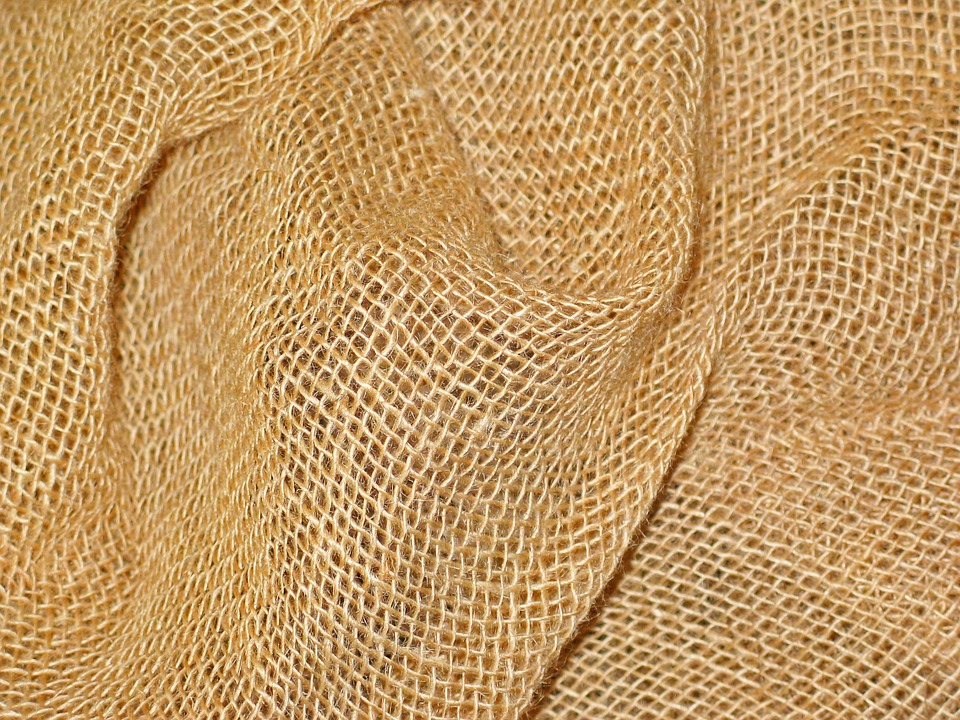Synonym:
Gunny
Biological source:
Strands of phloem fibres of the stem bark of Corchorus olitorius Linn. and Corchorus capsularis Linn. (Family Tiliaceae) constitute Jute.
Geographical source:
Jute is extensively cultivated as a cash crop in Bangladesh, which supplies more than 95 percent of the world’s requirement of this important fibre. It is also cultivated in small quantities in some parts of India.
Preparation of Jute fibre:
Jute plants are normally straight and unbranched. They are cut from the base when the plants are in flower, tied into small bundles, stacked and soaked in stagnant water for about three weeks for retting. The stacks are covered with straw or water hyacinths to keep them wet and to protect from direct sunlight. When the stem bark is well-macerated by the retting process, the strands of the phloem fibres are separated manually from the wood and washed free from the surrounding softer tissues and other dirts thoroughly in clean water. The fibres are then dried in direct sunlight and made into small bundles. Jute fibre is exported in bales made by hydraulic pressure.

Macroscopical and microscopical characters:
The strands of Jute are pale buff or silvery gray in colour, 1 to 3 long and about 30 to 140 um in diameter, somewhat coarse in texture. They have great tensile strength. The individual fibres vary from 0.8 to 5.0 mm in length and 10 to 25 um in diameter, with a quite smooth surface. The lumen is not uniform throughout the length of the fibre owing to variation in the thickness of the walls. The ends of the fibres are rounded and blunt. In transverse sections the cells appear polygonal in outline with a rounded lumen which varies considerably in size.
Jute fibres do not swell in CUOXAM. They are insoluble in 80 percent sulphuric acid and stain red with phloroglucinol and hydrochlonc acid.
Constituents:
Jute fibres are composed of 53 percent cellulose and 22 percent hemicellulose and contain 11 percent of lignin, 1 percent of fats and waxes and 1 percent of ash.
Uses:
In pharmacy Jute is used for the manufacture of medicated tows, for padding splints, as a filtering or straining medium and for soaking fluids. Other industrial uses of Jute include the manufacture of ropes, gunny bags, carpet backings and yarns for some fabrics.

